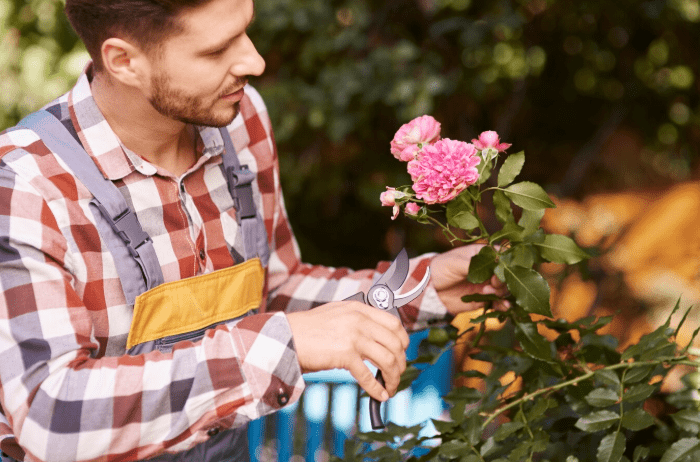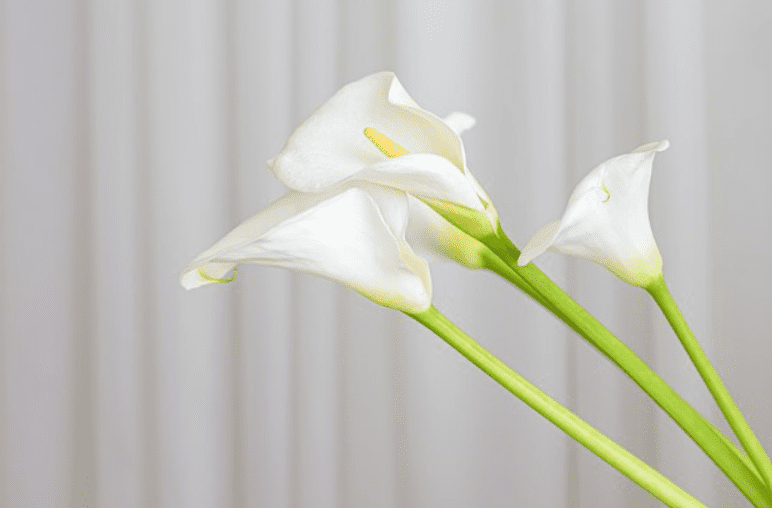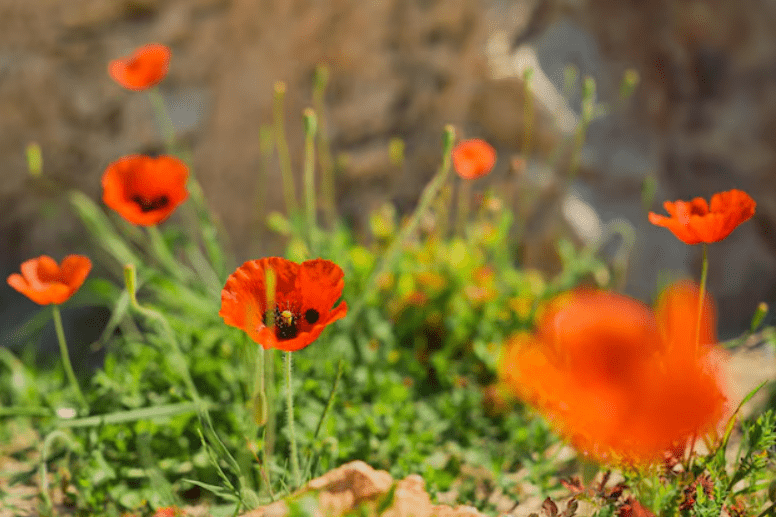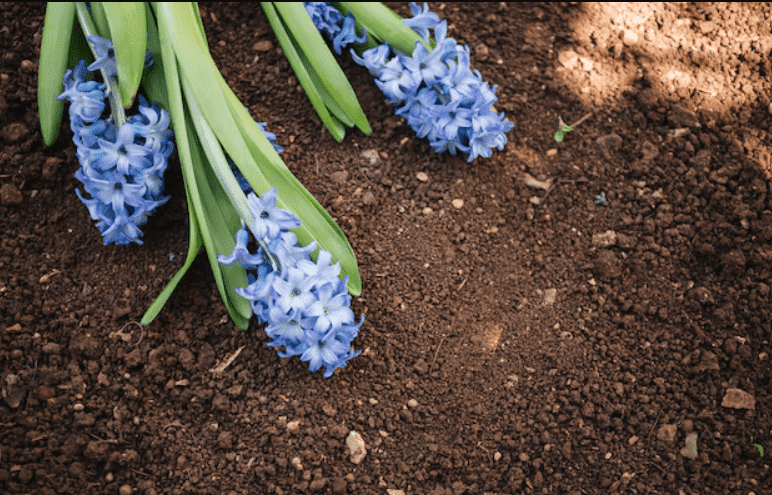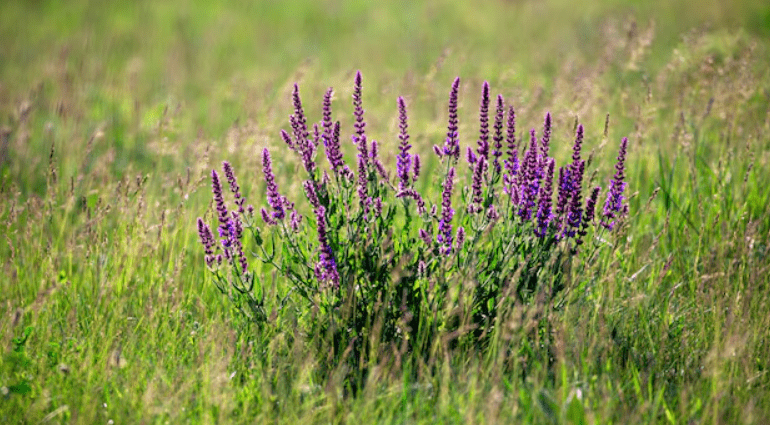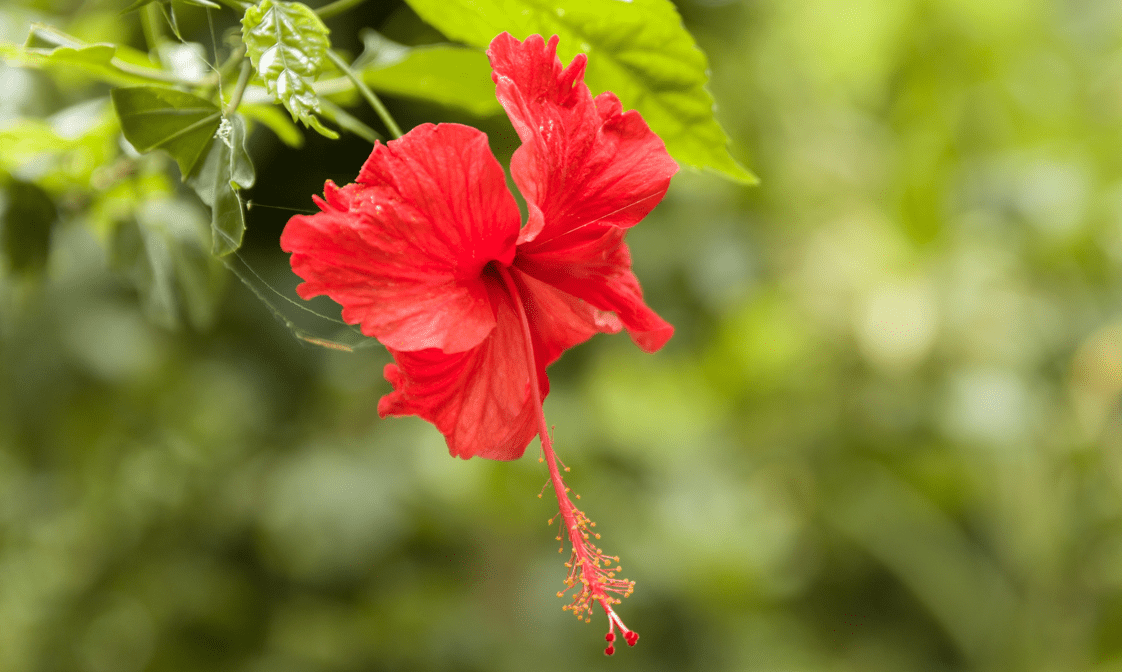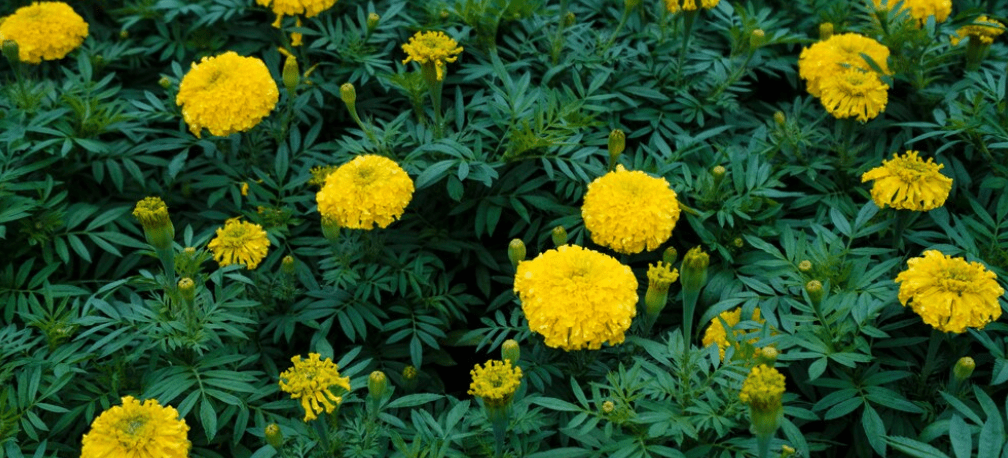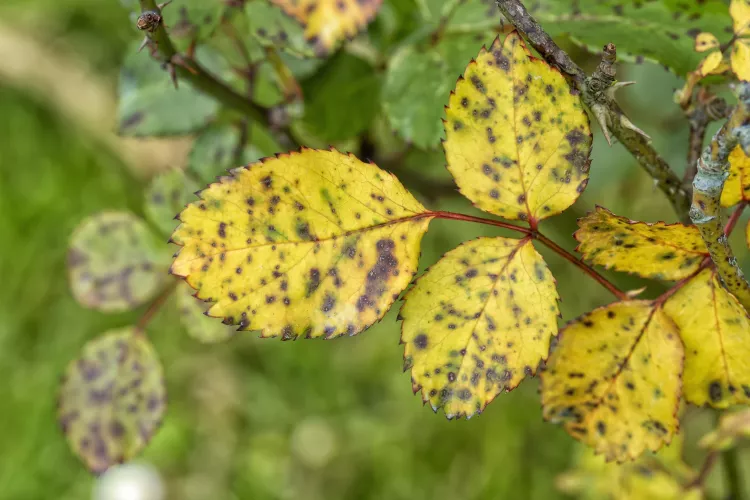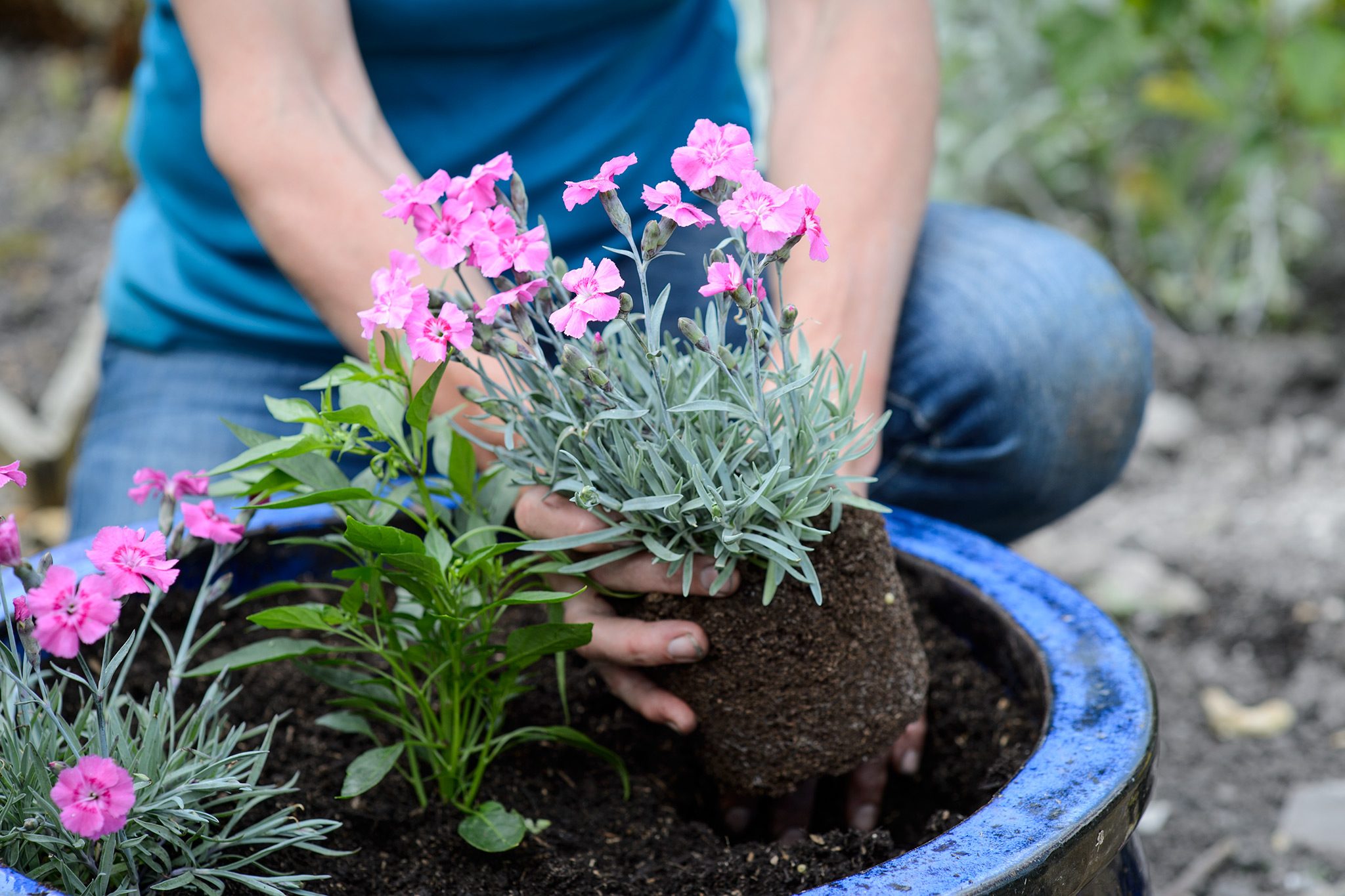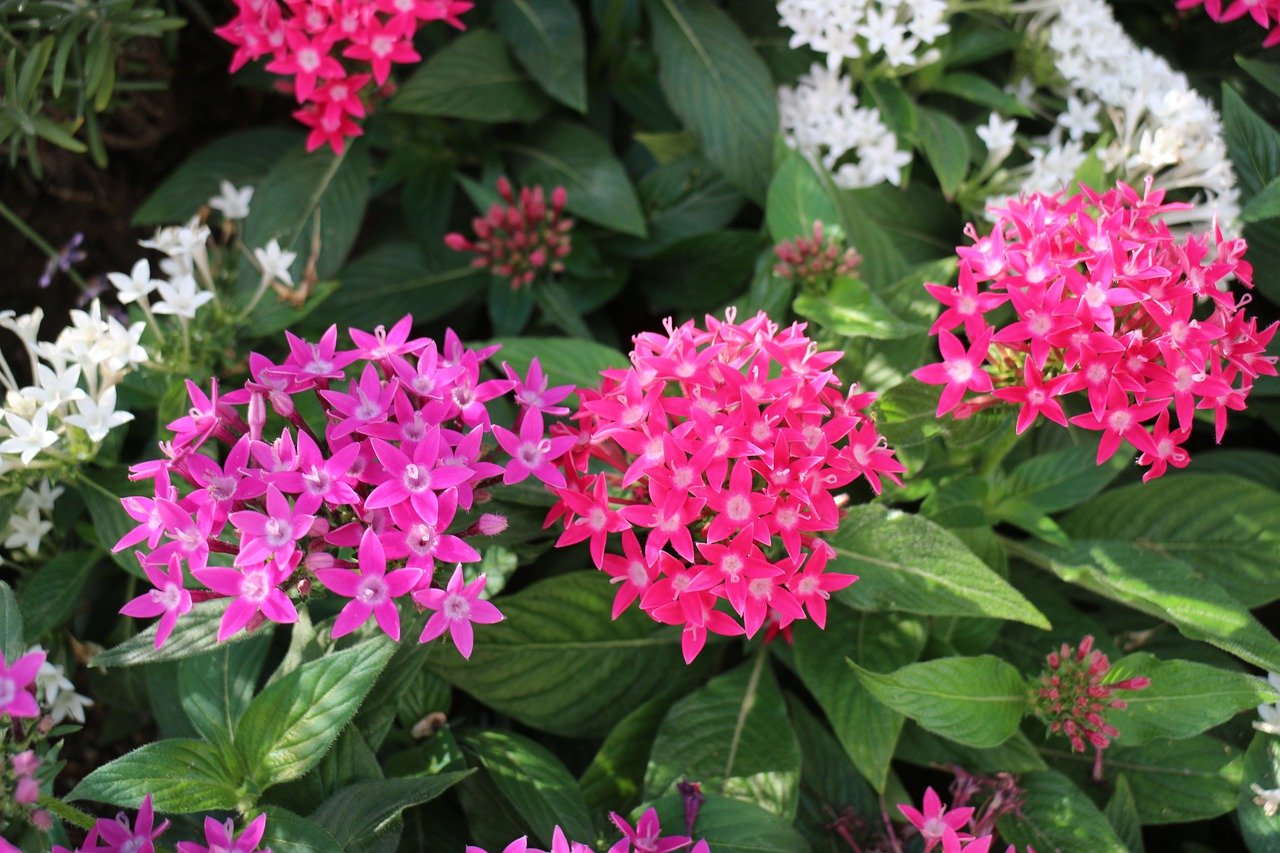Rose bushes (Rosa spp.) are well-known shrubs celebrated for their richly scented blooms in shades of red, pink, yellow, apricot, white, and countless blends. Some grow upright, others sprawl and a few varieties climb. Their woody stems are lined with sharp thorns. While roses often carry a reputation for being high-maintenance, much of that stems from gardeners aiming for flawless flowers every season. In truth, roses are hardy plants that can thrive even with minimal attention.
Plant your roses in spring, keep them well-watered and nourished, and they’ll reward you with vibrant blooms all summer long.
Table of Contents
ToggleRose Bush Care
If you’ve been hesitant to start a rose garden, the good news is that roses aren’t any harder to grow than most other flowering shrubs. Follow these essential rose bush care tips:
Light
Roses thrive with about six hours of sunlight daily, but the timing of that sun exposure makes a difference. Morning sunlight is ideal for two key reasons:
- It helps dry the dew off the foliage faster, reducing the chances of disease.
- The afternoon sun tends to be harsh, so roses benefit from a bit of shade later in the day.
Soil
Plant roses in loose, loamy, and well-draining soil for healthy growth. The pH should be between 6.5 and 6.8. When adding soil amendments, don’t overlook the importance of drainage. Mix in peat moss to improve the texture. No matter the season, spread 2 to 3 inches of mulch around your rose bushes to retain moisture and regulate soil temperature.
Watering
For the best results, water your roses deeply twice a week. Giving them a good soak twice weekly works better than shallow watering every other day.
Skip watering in the late evening. Doing so can lead to powdery mildew, a widespread issue with rose bushes. When you water at the end of the day, there’s no sunlight left to dry the moisture, which lingers overnight and creates the perfect environment for this disease to thrive.
To avoid this, don’t water your roses from above. Wet leaves increase the risk of mildew infections. Direct the water to the base of the plant instead and keep the foliage dry.
Temperature and Humidity
While roses can handle occasional temperature shifts, they thrive in mild conditions. Ideal temperature is between 60°F to 70°F, and humidity levels stay between 60% and 70%.
Fertilizing
If you’re new to rose bush care, a simple guideline is to apply a balanced 10-10-10 fertilizer once a month. Begin feeding your roses in early spring when new growth appears. This usually aligns with the pruning season.
Propagating Roses
The ideal time to plant new rose bushes is in spring when daytime temperatures range between 40°F and 60°F. To grow new roses from an existing plant, use stem cuttings and root them in a soilless potting mix. Here’s how to propagate roses:
You’ll Need: A healthy rose plant, clean scissors or pruners, a plastic bag, containers, soilless potting mix, and optional rooting hormone.
Where to Take the Cutting: Use scissors to snip a 4- to 6-inch soft green stem just below a leaf node.
Caring for the Cutting: Remove the lower leaves from the cutting. If using rooting hormone, dip the cut end in water first, then coat it with the hormone. Place the stem about 2 inches deep into the potting mix. Keep the soil warm and slightly moist, but avoid overwatering.
When to Replant: After about three weeks, move the root cutting into a larger pot or your garden.
How to Grow Roses From Seed
Starting roses from seed isn’t common, as it requires more time and effort and can take years before flowers appear. The seeds need a cold treatment—called stratification—before they can sprout. For quicker and more reliable blooms, it’s better to propagate roses from cuttings or use bare root plants.
Overwintering
In colder regions, give your roses extra protection during winter. Planting them near a home’s foundation can shield them from harsh winds and enhance your landscape.
For severe winters, try the “Minnesota Tip” method. Gently bend the rose canes to the ground and place them in a shallow trench. Then, cover the entire plant with soil, mulch, or a generous layer of leaves to insulate it until spring.
Spring is the key season for rose care. This is when you prep your plants for a strong start to the growing and blooming months ahead.

